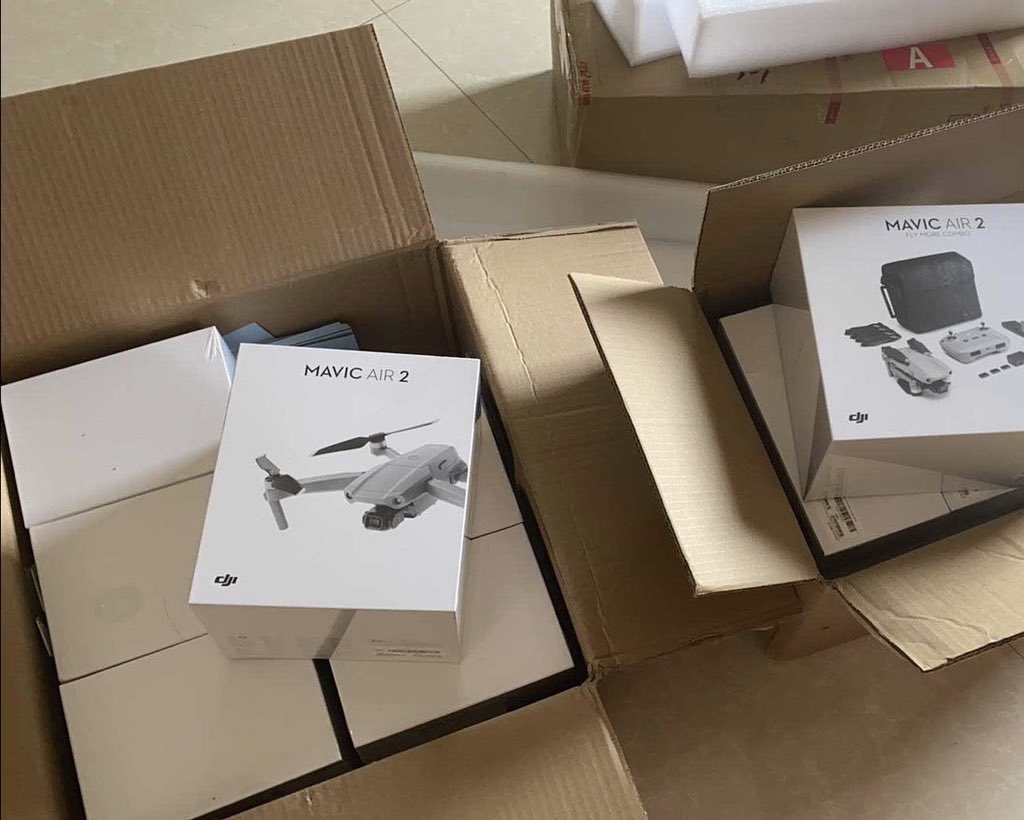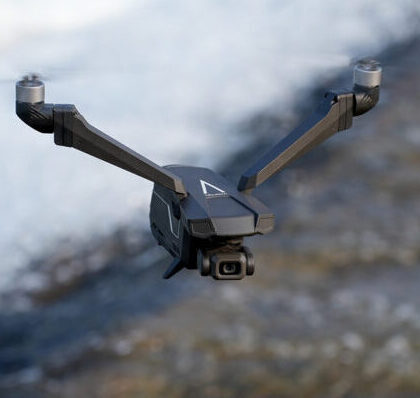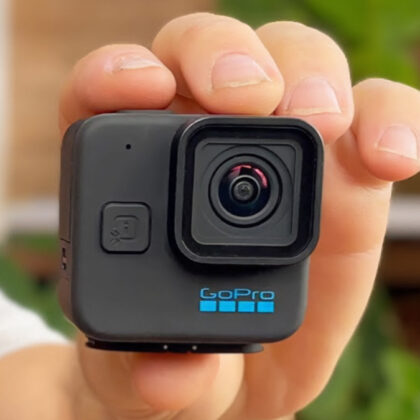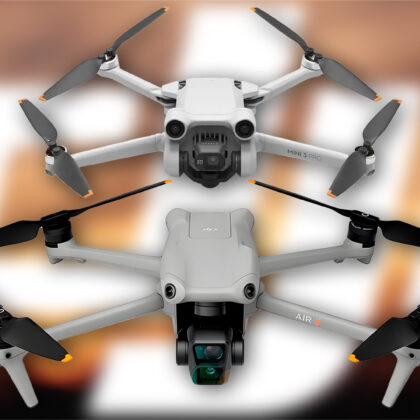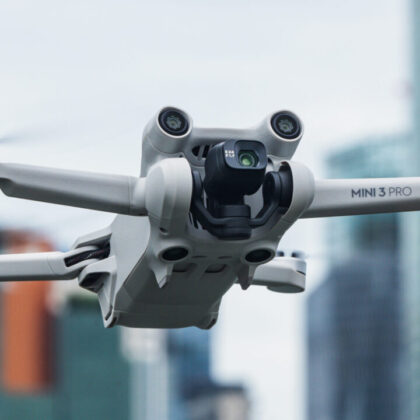DJI will be releasing its newest drone — the DJI Mavic Air 2 — later today, but due to all the leaked photos, we don’t have to wait until the official announcement to see what features DJI packing into its first new drone of 2020.
Here’s everything we know so far about the DJI Mavic Air 2.
DJI Mavic Air 2
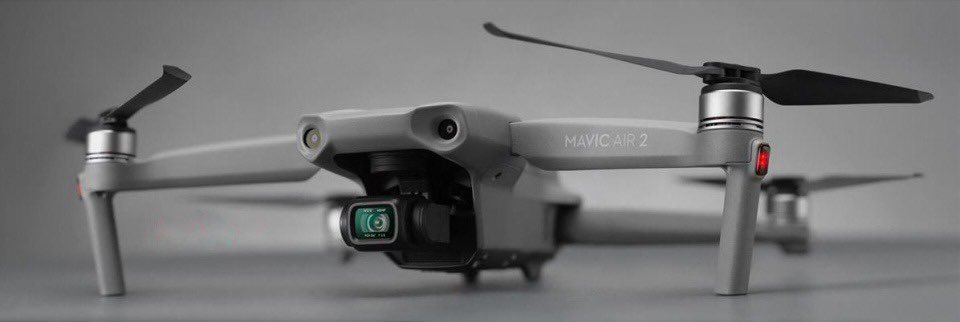
The new Mavic Air 2 will debut a redesigned controller (with ADS-B receiver), ActiveTrack 3.0, the longest battery life of any DJI drone, and a new 48MP camera.
Let’s take a look at each new feature individually to see if it is potentially worth “upgrading” to from the Mavic 2 Pro or Mavic 2 Zoom.
New camera & sensor
The most exciting leak we’ve gotten about the Mavic Air 2 is its camera and new sensor.
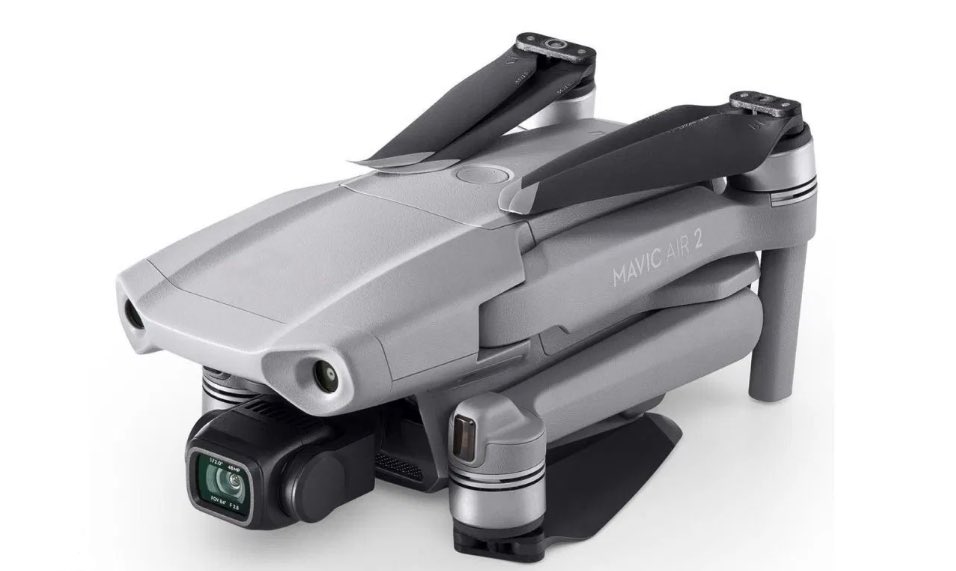
The Mavic 2 Pro’s 1″ sensor/lens setup will likely still reign supreme for many aspects but with the 48MP Sony IMX586 sensor on-board (the same sensor used by the S10 & OnePlus 7 & OnePlus 8) the Mavic Air 2 will have more than double the pixel resolution as the M2P.
More importantly, at 1/2″ the IMX586 is a larger sensor than the one DJI has used in the Osmo Pocket, Osmo Action, Phantom 3, Mavic 2 Zoom & original Mavic Air.
The new (and more expensive) Autel EVO 2 also uses the IMX586 but is able to record 8K video where the Mavic Air 2 will top out at 8K hyperlapses and 4K/60fps video.
34 minute flight time
Up until now the Mavic 2 has had the distinction of being the DJI drone with the longest flight time at 32 minutes.
Thanks to improved motor and ESC efficiency the new Mavic Air 2 will be able to stay aloft up to 34 minutes per battery.
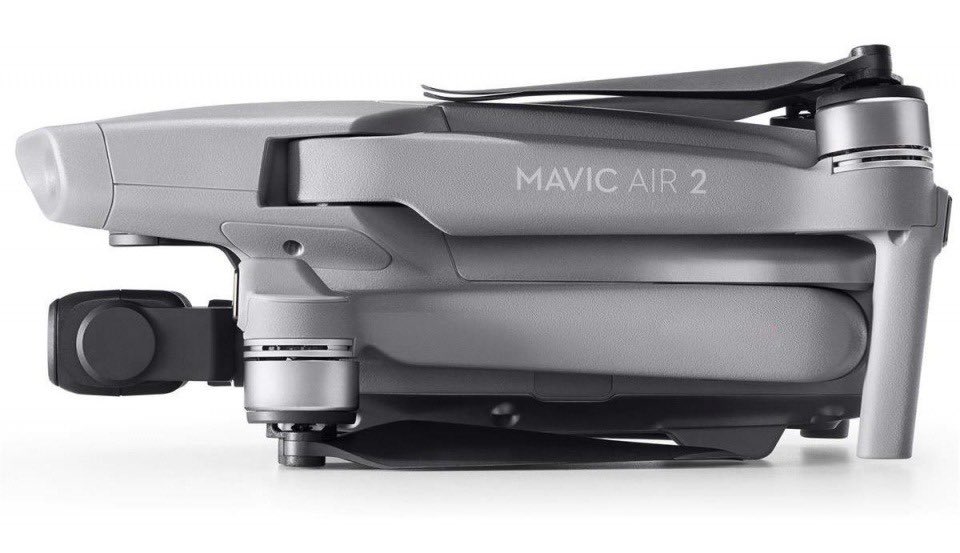
This isn’t a huge gain over the Mavic 2 series, but considering that the new Mavic Air 2 will cost several hundred dollars less that’s very impressive.
All new controller (with ADS-B receiver)
DJI had settled into a pretty consistent look for its consumer drone controllers since the original Mavic Pro debuted in November 2016.
With the new Mavic Air 2 — and inclusion of the ADS-B receiver to give pilots environmental/airspace awareness — DJI redesigned the controller in a two major ways.

First off, it’s a lot bigger.
Whereas the previous Mavic Air controller was similar to the aspect ratio of smartphone, the new controller is a lot closer to the shape of a square and very reminiscent the shape of the Mavic 2 Smart Controller — minus the built in screen.
The size increase is likely due to the inclusion of the new ADS-B receiver hardware as well as possibly a bigger battery and improved processor for Ocusync 2.0.
The second major change is that the phone now mounts above the controller using a traditional smartphone to tripod style clamp rather than the side clamps DJI utilized in prior controllers.
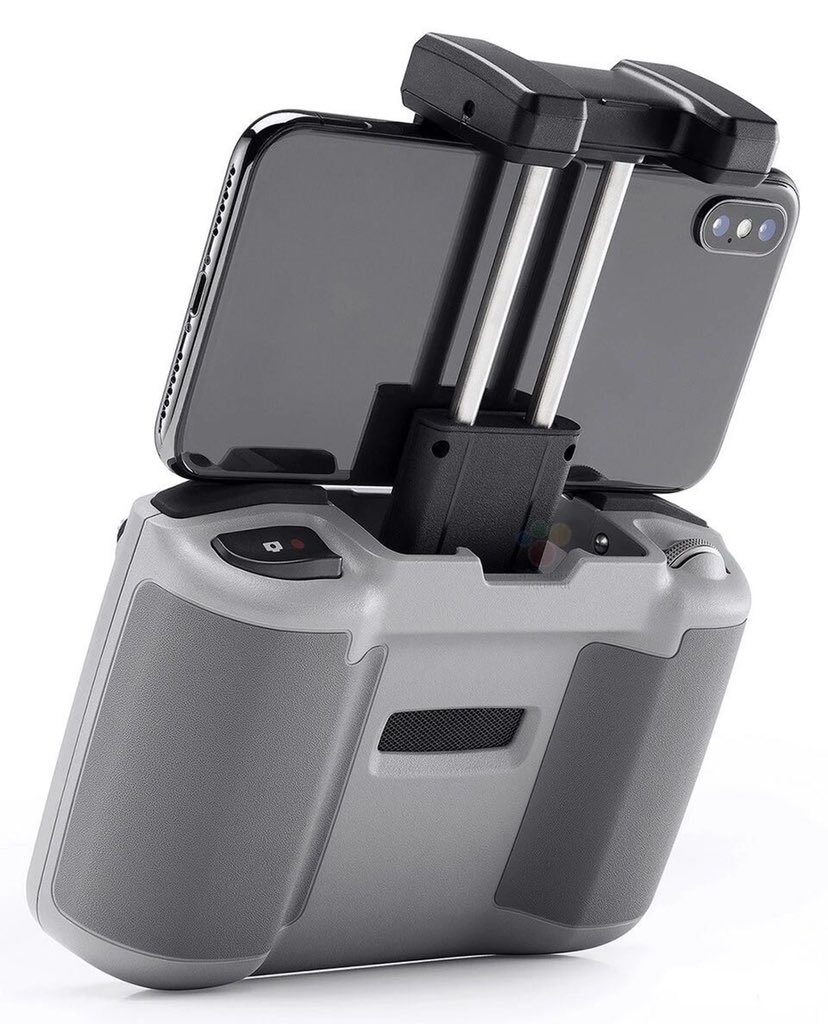
I think pilots will welcome this change as it make it much easier take the smartphone in and out as well potentially as use larger devices like an iPad Mini.
Active Track 3.0 and new smart shots
When it comes to obstacle avoidance and smart features, the Skydio 2 is the drone to beat.
The Mavic Air 2 lacks the side and top sensors for true 360° obstacle avoidance but that doesn’t mean DJI is going to give up on competing.
Active Track 3.0 utilizes the forward sensors and improved tracking algorithms to fly faster while following a subject through potentially hazardous areas with trees, buildings, and telephone poles.
However, the lack of side sensors means it’ll be up to the pilot to watch out for obstacles when using other smart modes on the Mavic Air 2 like point-of-interest or spiral that involve the drone flying sideways.
Other known features/specs
We’ve covered almost every major upgrade to the Mavic Air, so here’s a quick rundown of the remaining specs we know via leaks.
- 120mbps bitrate for video
- HDR modes for photo, video & panoramas
- 10km (6.2mi) Full HD video transmission
- Max flight speed 68kmh (42mph)
- 1080p/240fps slow motion recording
Most interesting among these specs will be seeing if the HDR recording mode paired with the improved 120mbps bitrate for video can beat the dynamic range of footage shot on the more expensive Mavic 2 Pro which only has a max bitrate of 100Mbps.
(If you’re interested in seeing this, make sure to head over to my Youtube channel and subscribe as I’ll almost definitely have a video covering this when I get my Mavic Air 2)
Price and Availability
To the joy of many, the Mavic Air 2 will actually be cheaper than the original Mavic Air, starting at only $699 USD.
The fly-more-combo will be $250 extra ($949) but will include a set of ND filters.
Availability should be fairly soon after the announcement as we’ve seen several photos surface online of shipments of MA2 packed and ready to go (thanks to leaker OsitaLV), however, there could be limited numbers available initially in some areas due to the worldwide Covid-19 crisis.
